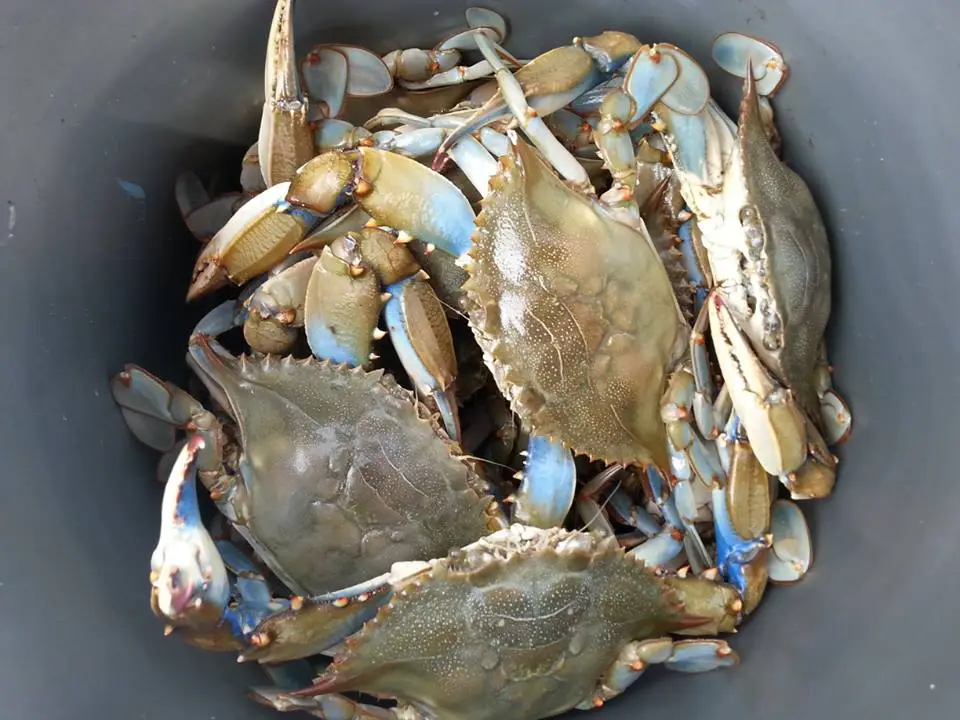March 1st marks the commencement of blue claw crabbing season in Delaware, opening the doors for enthusiasts to set their crab pots. While the chilly waters may deter some, the shallow back bay waters and creeks hold surprising catches, especially after a mild winter.
Blue Claw Crabs: A Seasonal Phenomenon
As sunlight warms the dark mud in shallow waters, crabs emerge, making it an opportune time for crabbing. The presence of minnows indicates a likelihood of finding crabs. It’s common practice to wait for a few molts before crabbing, ensuring cleaner and fatter catches. Preferences for cleaned versus uncleaned crabs are subjective and often spark debates among enthusiasts.
Year-Round Crabbing: Regulations and Turtle Guards
While handlining for crabs is a year-round activity, crab pots are regulated from March 1st to November 30th. Essential to this practice is the use of proper turtle guards, or by-catch reduction devices. These devices, mandated by DNREC, aim to prevent diamondback terrapins from entering the pots and drowning. Recreational crabbers are urged to install a rigid metal or plastic frame with specific dimensions at the funnel entrance.

DIY Turtle Guards: A Necessity for Responsible Crabbing
For those engaged in crab potting, it’s crucial to possess the right equipment. Turtle guards, readily available in tackle shops, can also be crafted at home using heavy wire. DNREC emphasizes the importance of adherence to regulations to safeguard terrapins and maintain responsible crabbing practices.
Addressing Ghost Crab Pots: A Legal Conundrum
The presence of ghost crab pots in inland bays poses a challenge for both boaters and environmental health. Although there’s a collective desire to address this issue, regulations dictate that only legal owners can handle or remove these pots. This legal constraint inhibits efforts to keep the bays clear of debris. Calls for changes in legislation resonate, emphasizing the need for safer waters and healthier inland bays.
Image/Source: DelawareSurfFishing





